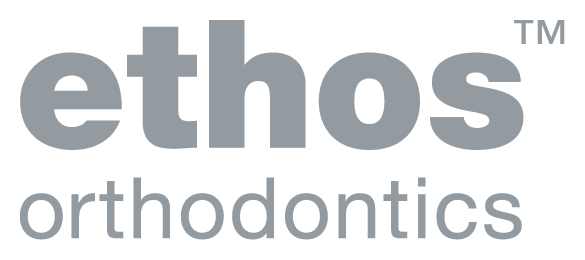Do you have missing teeth?
As orthodontists, we see a wide variety of teeth issues every day, one of the most common being congenitally absent, or missing teeth. The average person will grow 32 permanent teeth during their lifetime, however some people fail to grow or fully develop some adult teeth. This is known as congenitally absent or missing teeth.
The most common missing teeth are:
- Wisdom teeth,
- Second premolars: the teeth just in front of your molars,
- Upper lateral incisors: these are the two teeth that are beside your top front teeth, and
- Lower central incisors: these are the two front teeth on your lower jaw.
Generally, missing teeth aren’t an issue, however for some people, it can cause them to feel self-conscious about their smile. Missing teeth at the front of the mouth can display as gaps between the teeth, affecting around 2% of the adult population.
What Causes Congenitally Missing Teeth?
The way our teeth are formed is a very complex process, often influenced heavily by genetics. In simple terms, congenitally missing teeth occur when there is no adult tooth to push through, and therefore, in some cases, people retain their baby teeth. Again, this isn’t always an issue. If the baby tooth is healthy, and the patient is comfortable, the baby tooth can remain and may eventually fall out.
Treatment Options for Congenitally Absent Teeth
Here at Ethos Orthodontics, there are two ways we can manage the case of the missing tooth or teeth. Firstly we look at your facial profile, the way your teeth fit together and your tooth size and colour. This will determine the course of treatment. We can either expand the space in your mouth to replace the missing teeth, or we can close the gaps between your teeth.
Opening Space
One treatment option is to create more space in your mouth to replace the missing teeth.
This involves your orthodontist using a type of tooth-supported restoration to fill in the gaps. Depending on your age, we might recommend using a bonded bridge, traditional bridge, implant or sometimes a removable plate.
For example, a past Ethos patient’s upper lateral incisors were missing; this resulted in spacing in their front teeth. After discussing their case in a consultation, their treatment team decided to move the central incisors together. Due to the age of the patient, the Ethos team decided to not use an implant. Instead, bonded bridges were used in the newly added space. However, the patient will have the option of inserting an implant when they reach adulthood.
Closing Space
The other treatment option is to close the space. By closing the space left by a missing tooth, we can guide other teeth into this position to close the gap.
For example, by inserting canine teeth, we can use these as substitutes for the missing lateral incisors. Consequently, the teeth further back are then moved forward. To achieve the most aesthetic results, your Ethos treatment team may suggest having the canines and premolars reshaped to look more like the teeth that have been replaced.
These cases show some results that can be achieved with this method.
Thinking About Treatment?
When discussing your teeth needs, your Ethos Orthodontist will consider a variety of factors before suggesting a treatment option. During your initial consultation, your orthodontist will discuss all the advantages and disadvantages of the different treatment options. However, whatever treatment you and your orthodontist decide on, you are guaranteed to love the results.
Find your nearest clinic or book an appointment online with us today to start your treatment.





